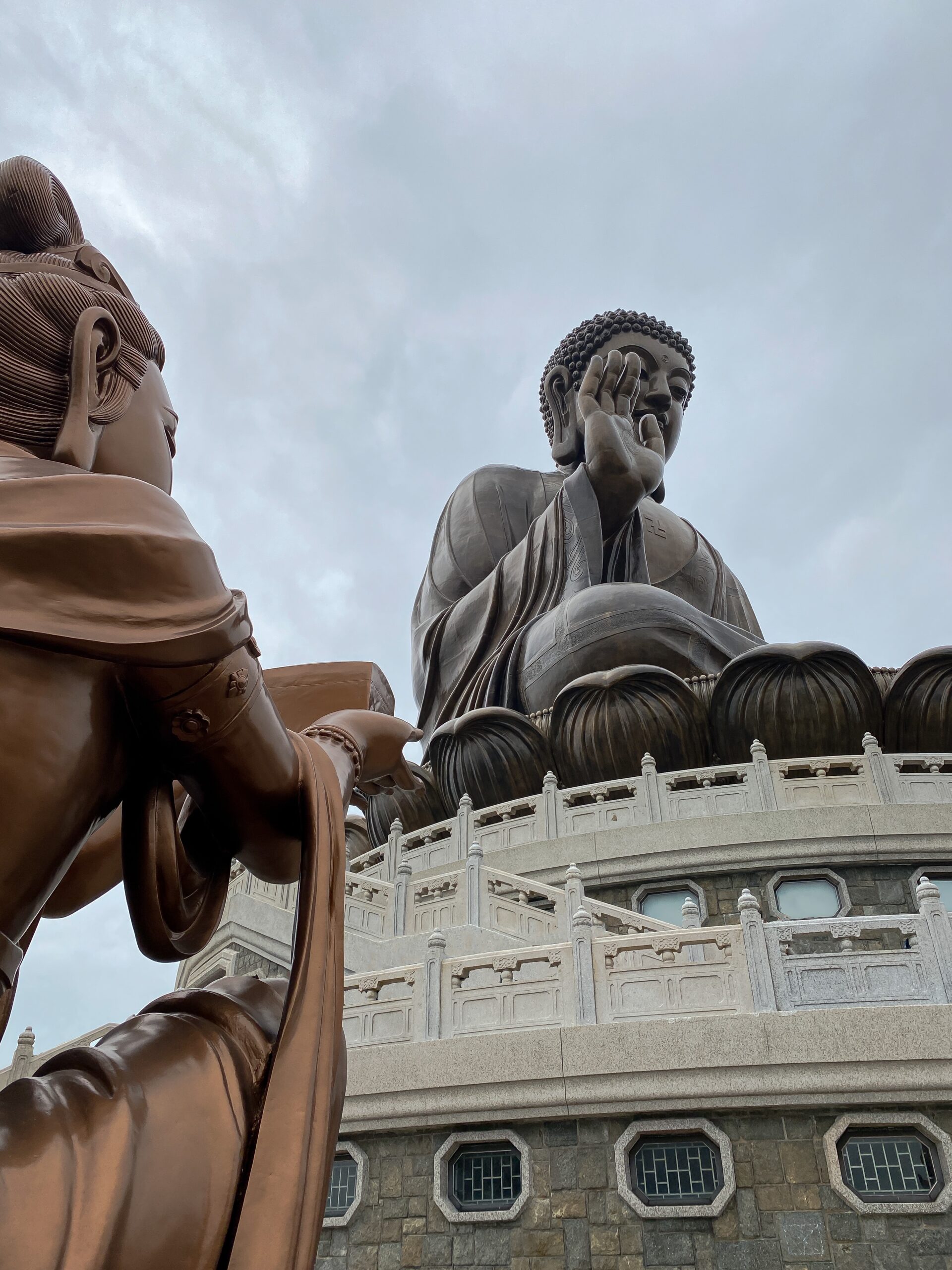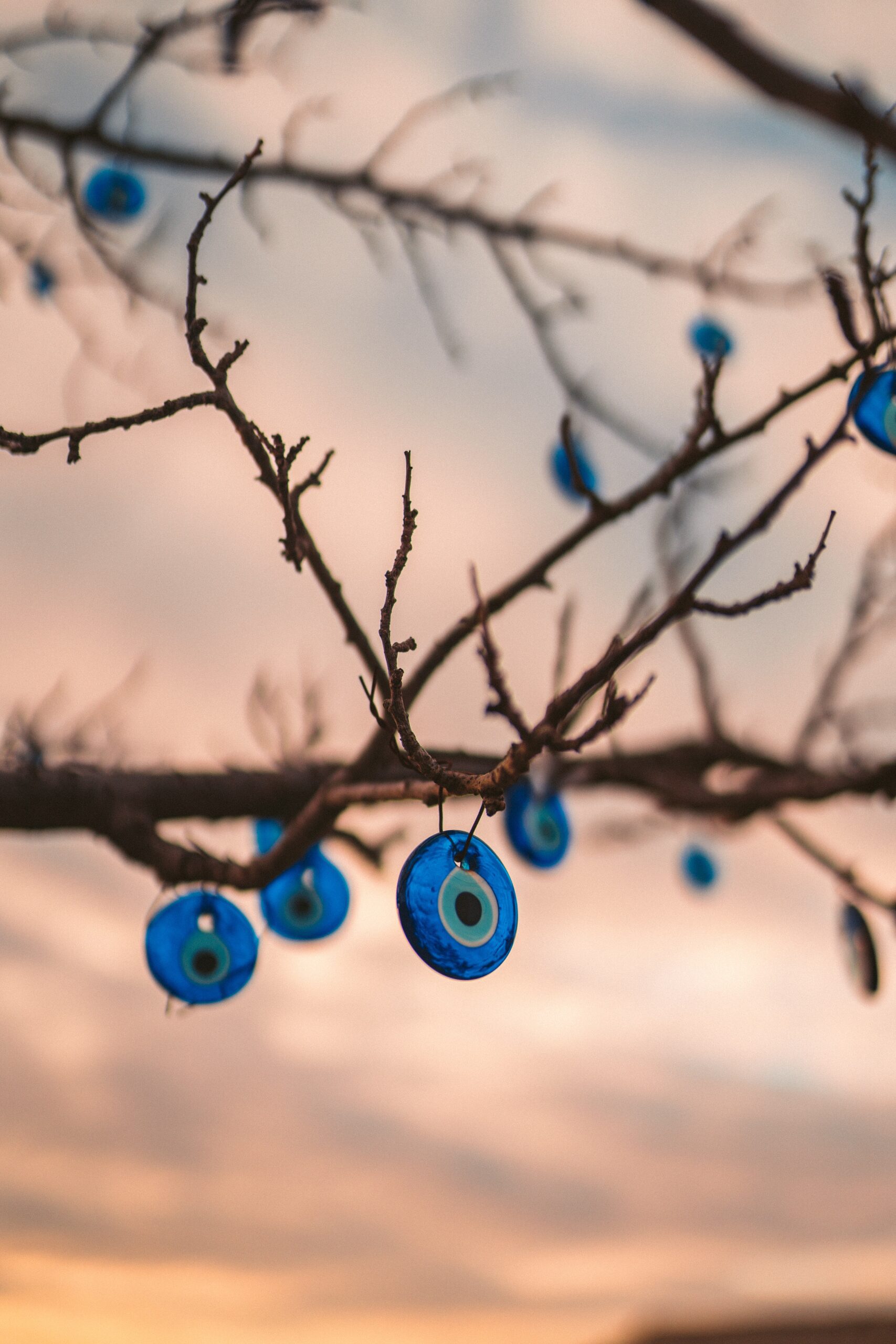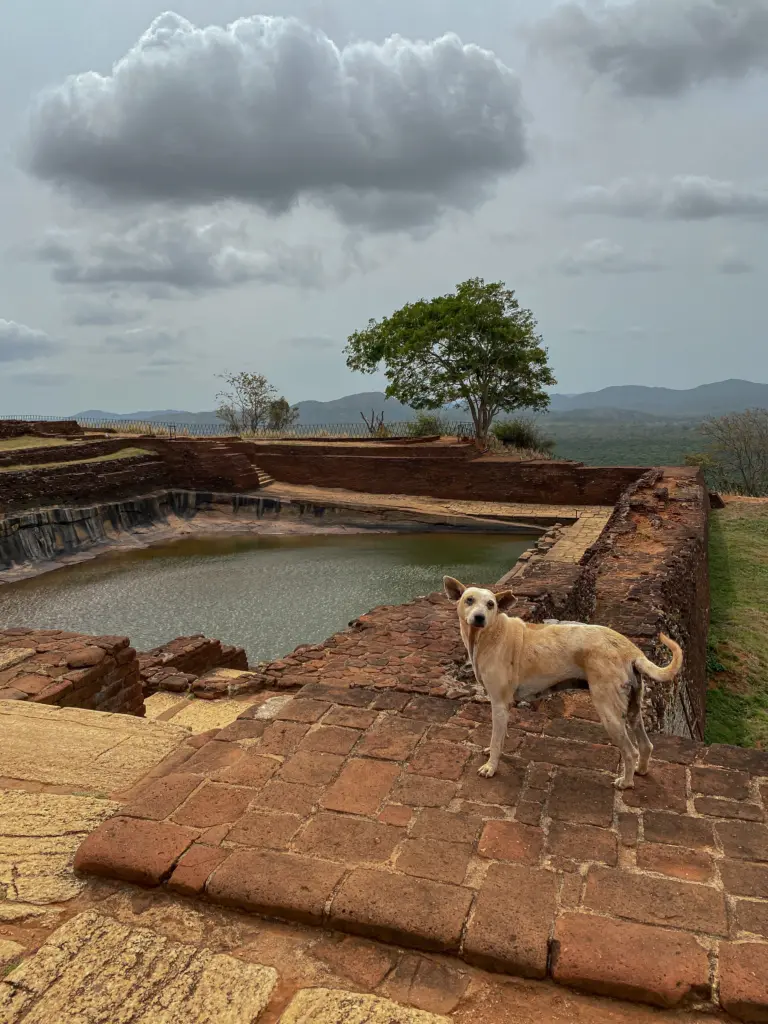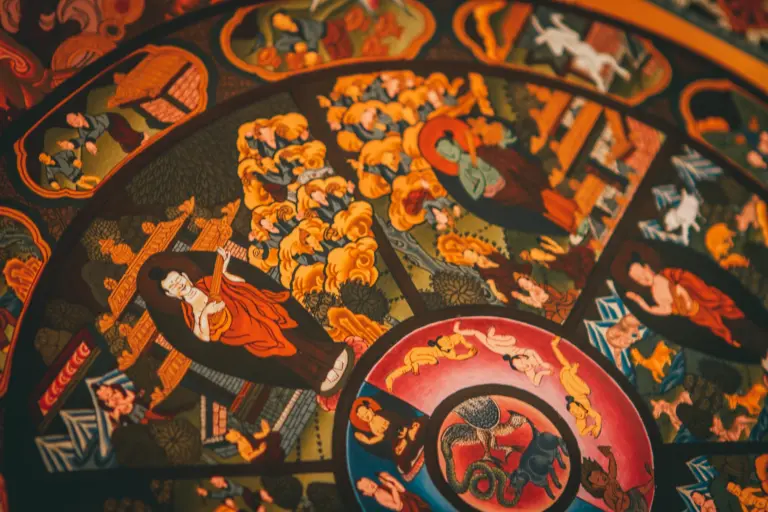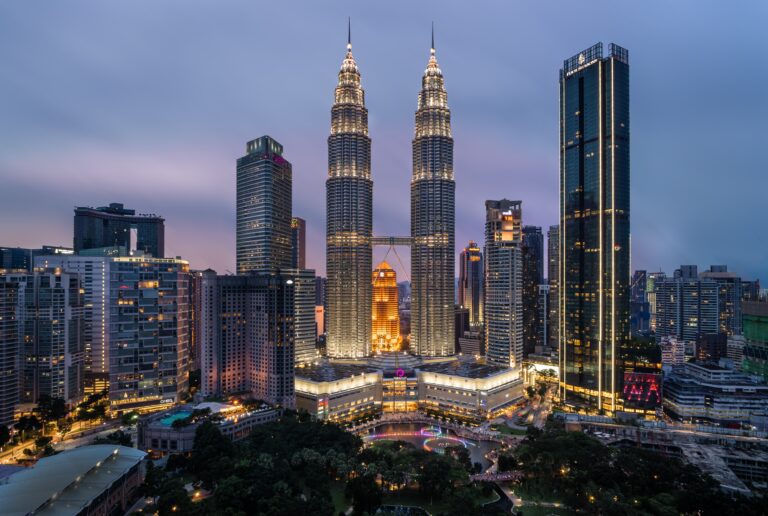Are you ready for a whirlwind tour through the best Chinatowns in Southeast Asia? As urban enclaves that brim with rich history, distinct culture, and mouthwatering food, the Chinatowns are surefire attractions that offer an adventure for all the senses!
Each Chinatown has its own unique charm, reflecting the individual histories and local influences of their respective countries – from the Philippines to Singapore, Thailand, Malaysia, Vietnam, Indonesia, Laos, and Cambodia.
In this blog post, we’ll explore the history that shaped each of these Chinatowns, understand the impact of Chinese immigrants in Southeast Asia, and of course, dive into the food scene, shopping scene and even some famous landmarks to check out!
Table of Contents
ToggleTop 9 Chinatowns in Southeast Asia
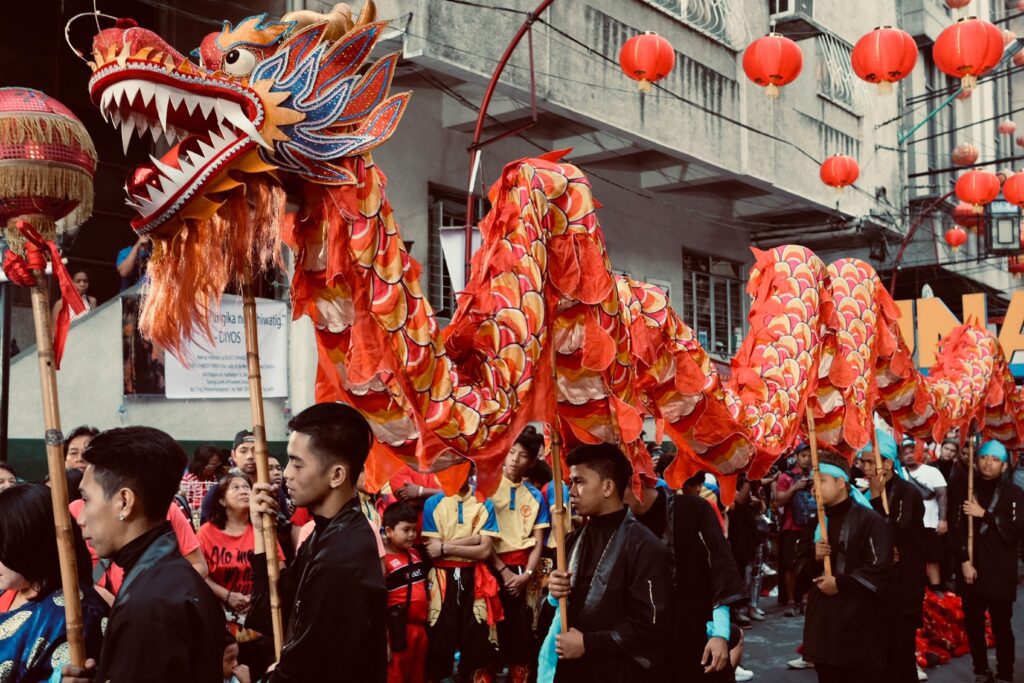
1. Philippines
There’s a reason why the Philippines’ Chinatown is number 1! It may not be the cleanest but there’s real historical significance.
Get to know Binondo, the world’s oldest Chinatown! Founded in 1594 by the Spaniards as a settlement for Catholic Chinese, Binondo is a lovely district in Manila, brimming with color and life.
Stepping into Binondo is like stepping into a different era. There’s an air of nostalgia that clings to the corners of the busy streets. At its heart lies the Minor Basilica of San Lorenzo Ruiz, a nod to the community’s deep-rooted Catholic faith. A lot of the Chinese-Filipinos here are practicing Catholics which makes it even more unique, right? The Philippines is actually the only Christian-dominant country in Asia!
But perhaps the most irresistible allure of Binondo is its legendary food scene. From hole-in-the-wall eateries serving the best noodle dishes and dim sum to bakeries offering the sweetest hopia (mooncakes), this Chinatown is a true paradise for food lovers. The famous Xiao Long Bao of Dong Bei and the Sincerity Chicken (one of my favorites!)
During Chinese New Year, Binondo bursts with even more life. Streets become amazing stages for dragon dances and turn into a sea of red lanterns.
For shopping, a trip to Ongpin Street is a must. Here, you’ll find everything from gold jewelry, traditional Chinese medicine, to a vast range of local and imported goods.

2. Singapore
In the heart of one of the world’s most modern cities, Singapore’s Chinatown stands as a cornerstone to the country’s rich multicultural heritage. From the moment you step foot in this neighborhood, you’ll be welcomed by the contrasting beauty of traditional shophouses and futuristic skyscrapers, the past and present harmoniously entwined.
One of the key landmarks is the Buddha Tooth Relic Temple, a grandiose four-story structure housing what is believed to be a tooth of the Buddha. As you explore further, you’ll also come across the Thian Hock Keng, Singapore’s oldest Chinese temple dedicated to the sea goddess Mazu.
For that classic Singaporean food scene, head down to Smith Street, also known as Food Street, which boasts a massive array of hawker stalls offering a gastronomic journey through Chinese cuisine, from Hainanese chicken rice to char kway teow. But don’t just stop there, head to the Chinatown Complex Food Centre, which holds the title for the largest hawker centre in Singapore, you’ll never run out of dishes to try!
When the sun goes down, Chinatown Night Market comes alive. Trengganu Street, Pagoda Street, and Sago Street transform into bustling bazaars, selling everything from silk robes to lucky cats.

3. Thailand
Known locally as Yaowarat, Bangkok’s Chinatown is a fascinating blend of sights, sounds, and flavors. Nestled in one of the oldest areas of Bangkok, this bustling enclave tells the tale of the city’s early Chinese community.
Your senses will instantly awaken to the intoxicating aroma of street food as you stroll through its lively streets. Hawkers serve up a diverse range of dishes that tell the story of Chinese influence on Thai cuisine. From bird’s nest soup to Peking duck, and the infamous durian fruit, culinary enthusiasts will be in a paradise of flavors.
The Sampeng Market and Yaowarat Road, especially at night, turn into a food haven where you can savor some of the best street food in Bangkok. Make sure to try a bowl of Bamee Poo – egg noodles with crab meat, or enjoy the Chinese-Thai fusion dessert, Bua Loi Nam Khing – ginger soup with rice balls.
Apart from food, Yaowarat is also known for its gold shops. The community’s love for gold is evident in the plethora of shops glittering with all forms of gold jewelry. Here, you’ll find everything from extravagant necklaces to delicate bracelets.
Venture a bit off the main road and you’ll discover the Wat Traimit, a Theravada Buddhist temple that’s home to the world’s largest solid gold Buddha statue, weighing a whopping 5.5 tons! The statue was hidden beneath a layer of plaster to protect it from invading armies and was only rediscovered in the 1950s.
A trip to Bangkok’s Chinatown is indeed a sensory overload. It’s an area that truly embodies the Thai phrase “same same but different”, showcasing the fusion of Chinese and Thai cultures, yet maintaining a distinctive charm of its own.

4. Malaysia
Located in Kuala Lumpur, Petaling Street is THE Chinatown of Malaysia. It’s a lively cultural melting pot.
In Petaling Street, the scents of roasting chestnuts and local Chinese dishes like Claypot loh shu fun and Bak Kut Teh fill the air. A favorite among locals is the famous Kim Soya Bean, where you can savor a refreshing soya bean drink, and Tau Fu Fah – a sweet tofu dessert.
Known for its market-style set-up, Petaling Street is a treasure trove of fashion, accessories, and souvenirs. Here, bargaining is a norm and part of the fun. From designer knock-offs to traditional Chinese medicine and herbs, you’re bound to find something intriguing within this maze of shops.
There are also several traditional Chinese tea shops where you can experience a traditional Chinese tea ceremony and savor different types of tea, including Oolong and Green tea. Don’t miss the opportunity to learn about the different brewing techniques and health benefits associated with each type of tea.
Surprisingly, you can find in Chinatown, the Sri Mahamariamman Temple which is actually the oldest Hindu temple in Kuala Lumpur, and the Guan Di Temple, a beautiful Taoist temple, afterall Malaysian culture is quite diverse!

5. Vietnam
Cholon, literally translated as “Big Market,” is Vietnam’s very own Chinatown located in Ho Chi Minh City. This area boasts an exotic atmosphere that encapsulates the local Chinese-Vietnamese fusion lifestyle.
Its street food scene is offering an incredible variety of mouth-watering delicacies. Don’t miss out on trying the Banh Bao, a tasty bun filled with meat or vegetables, and the classic Pho, Vietnam’s world-famous noodle soup. Also, there are several Dim Sum restaurants where you can indulge in these bite-sized Cantonese treats.
As the name suggests, Cholon is also a great place to do some shopping. From fresh produce markets to shops selling traditional Chinese medicine, silk fabrics, and handicrafts, the streets of Cholon are filled with a wide range of goods. The Binh Tay Market, the main marketplace in the district, is a must-visit. It’s the perfect place to buy souvenirs and witness the local way of life.
Cholon is also home to some of the most impressive Chinese architecture in Vietnam. The Quan Am Pagoda, a Mahayana Buddhist temple dedicated to Guan Yin, the Goddess of Mercy, and the Thien Hau Temple, dedicated to the sea goddess Mazu, are standout landmarks.

6. Indonesia
Gloria Alley, or locally known as ‘Pecinan Gloria’, is the Chinatown district of Indonesia’s capital city Jakarta. Like a timeworn page from a history book, this centuries-old neighborhood tells a compelling story of Chinese and Indonesian culture.
The culinary experience in Pecinan Gloria is a feast for the senses. The narrow alleyways teem with food stalls and restaurants serving up mouth-watering local Chinese-Indonesian delights. From tasty street foods like lumpia (spring rolls) and bakpao (steamed buns) to more sophisticated dishes like nasi campur (mixed rice) and kwetiau goreng (fried flat noodles), there’s a dizzying list of food to explore. Don’t forget to try the popular sweet treats, such as the kue keranjang (sticky New Year’s cake) and the delectable mooncakes.
Shopping in Pecinan Gloria offers an interesting mix of traditional and modern goods. Along with vendors selling Chinese herbs, spices, and teas, you’ll find shops brimming with colorful lanterns, porcelain wares, and traditional Chinese clothing. The Pasar Petak Sembilan market is a hive of activity, where you can immerse yourself completely.
Pecinan Gloria is also home to several stunning Chinese temples. The most prominent among them is the Jin De Yuan Temple, also known as the Vihara Dharma Bhakti. This temple, built in the 1650s, is one of the oldest in Jakarta and the go-to place during Chinese New Year.
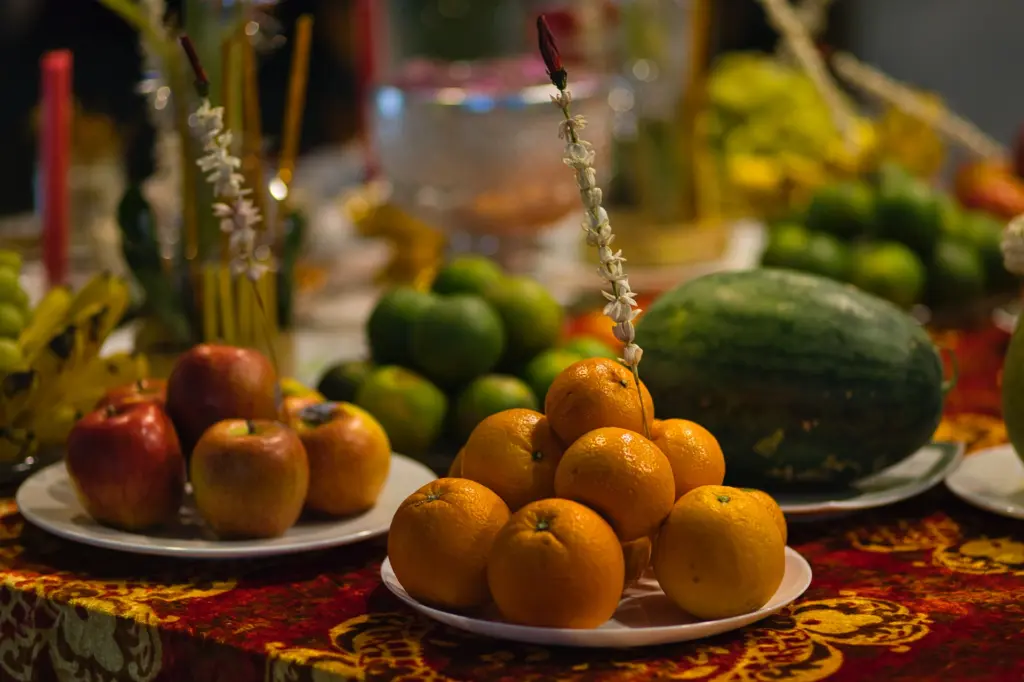
7. Cambodia
In Cambodia, Phnom Penh is home to the country’s Chinatown. Even though the city doesn’t have a defined Chinatown district, Chinese culture has significantly influenced Phnom Penh’s landscape, particularly around the commercial area along and around Street 136 which is where the heart of its Chinatown lies.
With Chinese-Cambodians making up a significant portion of the local business community, you’ll find a multitude of Chinese-owned businesses, restaurants, and shops scattered throughout the area.
Street food stalls offer an array of quick bites that merge Chinese and Cambodian culinary traditions beautifully with Cantonese dim sum and Szechuan-style dishes to Khmer-infused Chinese cuisine. Be sure to try the spring rolls and the Cambodian take on chow mein.
As with most Chinatowns, you can find traditional Chinese herbs and medicines, textiles, gold and jewelry shops, and hardware stores sit alongside modern electronics shops and boutiques.
While there might not be many Chinese temples within the area, nearby you can find the magnificent Wat Phnom, a Buddhist temple with a blend of Cambodian and Chinese religious elements.
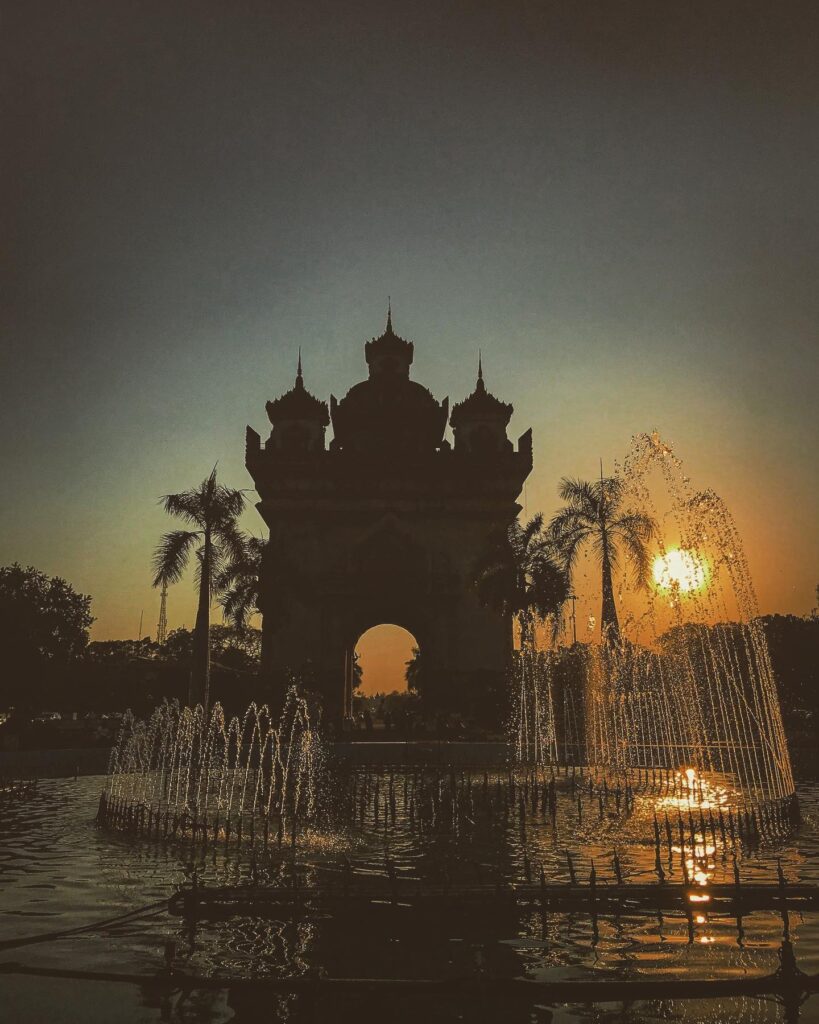
8. Laos
While Laos is not typically known for a robust Chinese community compared to its neighboring countries, the capital city of Vientiane does have a quaint Chinatown area that’s worth a visit for if you’re looking for a unique cultural experience.
“Saphanthong Tai” as it is locally known, offers an interesting blend of Chinese and Lao cultures. It’s not as large as other Chinatowns in Southeast Asia, but it brings to life a distinct sense of community that speaks volumes of the enduring Chinese influence in Laos.
Food, as always, is a big part of the Chinatown experience so let’s start there. Vientiane’s Chinatown houses a range of small family-run restaurants and food stalls, serving authentic Chinese and Lao-Chinese fusion dishes. Try the Laotian take on dumplings and enjoy some flavorful noodle dishes. Also, be sure to sample the rice cakes, a local delicacy that will leave your tastebuds tingling.
Shopping in Vientiane’s Chinatown is a more laid-back affair. You can still find Chinese goods ranging from household items, teas, traditional Chinese medicine, to clothing in the small shops dotted around the area.
When it comes to places of worship, the Chinatown is home to a couple of notable temples. The most prominent among them is the picturesque Wat Ong Teu, known for its large bronze Buddha statue (the largest one in Vientiane!) Though not strictly Chinese in origin, the temple often becomes a religious gathering spot for the local Chinese community.

9. Yangon
Let’s end our Southeast Asian Chinatown tour with a bang in Yangon, Myanmar. Although Myanmar might not be the first place that comes to mind when you think of Chinatowns nor is it a place on a lot of people’s radar due to the coup, the Chinatown in Yangon is still as lively as the rest.
Encompassing several city blocks in the heart of downtown, this area, known locally as Tayoke Tan, is lined with vendors selling everything from traditional Chinese medicine to glittering jade jewelry.
The streets come alive at night, transforming into one of the city’s busiest street food scenes. From mouth-watering barbecued seafood to skewered meats and Burmese-Chinese-inspired noodle dishes, the culinary delights are endless.
Aside from its delicious eats, Yangon’s Chinatown is also rich in history. The area was established in the late 1800s and early 1900s when waves of Chinese immigrants came to Myanmar, bringing with them their traditions, culture, and of course, food.
Plan Your Trip to Southeast Asia| Best Travel Resources
Book Your Accommodations
- Booking.com – the world’s leading online booking platform for accomodations around the world, they have an extensive amount of available listings with zero booking fees and best price guarantees.
- Hostelworld – a backpacker’s best friend, Hostelworld has the largest collection of hostels and guesthouses for affordable prices.
Don’t Forget Insurance
- SafetyWing – from Nomad Insurance, an insurance by nomads for nomads. They understand our lifestyle well and have really comprehensive and flexible plans that cater to any traveler.
Find Cheap Flights
- Kiwi.com – my go-to for booking and finding the cheapest flights and it’s helped me save tons of money. They do virtual interlining which is connecting flights from airlines that do not codeshare, so you can find routes that you wouldn’t be able to find normally.
Join Tours & Activities
- GetYourGuide – is one of the best places to find unique tours and activities. I found that it’s an excellent way to meet fellow travelers and create fond memories. They are not only limited to tours as they also offer niche services such as skip-the-line tickets or private transfers.
Catch a Ride
- Rentalcars.com – nothing beats the freedom of the road, Rentalcars.com is the world’s largest online car rental service. They operate across 160 countries so they’re the perfect partner to work with if you find yourself wanting a ride.

